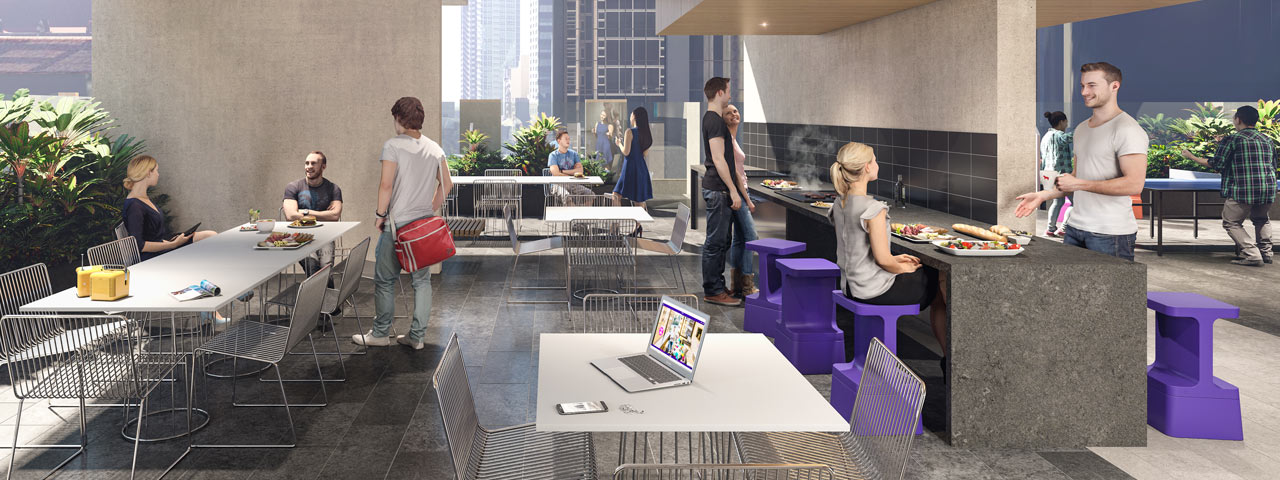 Professor Elanor Huntington, Dean of the ANU College of Engineering and Computer Science is leading a project to reimagine the disciplines for the future. Part of this is the 3A Institute headed by Professor Genevieve Bell. Another part is the ANU Cyber Institute. In addition, I suggest Australian universities need to expand their capabilities in education and people skills: teaching technical people to teach, lead, communicate and work in groups, as well as the application of IT to education. This is too important a task to be left to the Faculty of Education and should be part of the role of university's computing department.
Professor Elanor Huntington, Dean of the ANU College of Engineering and Computer Science is leading a project to reimagine the disciplines for the future. Part of this is the 3A Institute headed by Professor Genevieve Bell. Another part is the ANU Cyber Institute. In addition, I suggest Australian universities need to expand their capabilities in education and people skills: teaching technical people to teach, lead, communicate and work in groups, as well as the application of IT to education. This is too important a task to be left to the Faculty of Education and should be part of the role of university's computing department.STEM (Science, Technology, Engineering and Mathematics) disciplines have traditionally seen people skills as "soft". Computing and engineering students I teach, and many researchers, think that doing the science is the hard part and communicating the results is something easy you do afterwards. However, when they come to write up or present, these students and researchers soon discover how hard soft skills are. Those how go on to supervise staff and teach students discover that this is harder still.
The solution, I suggest, is to treat teaching, communicating and cooperating as core skills. These should be something you learn at the start of your university education and refine throughout your studies and professional life.
A change is now taking place in university, with the Facebook Generation, who have not known a time before pervasive social media, progressing through the university system. To this generation using the Internet for communication is normal and natural. This is not to say they can use it well for academic or professional purposes: most will need training. But this generation will first turn to the Internet, the web, or a video for instruction, not a teacher or a classroom. If they want advice and assistance they will turn to social media.
Teaching this generation requires skills in using the Internet for education, not because it is cheaper and more efficient than classrooms (it may not be), but because this is how the students expect to learn. This is not to say this generation does not value face-to-face interaction, but that is an expensive and rare commodity, supplemented by social media.
As part of my Master of Education studies I did a quick analysis of education skills for IT professionals. The Skills Framework for the Information Age (SFIA) is used for defining the type and level of skills needed for IT jobs and by the Australian Computer Society for accrediting degree courses at Australian universities. The SFIA Foundation have identified education skills as being relevant to an IT professional.
Australian universities should Train Tech Professionals to Teach. This teaching should be undertaken primarily on-line, and use techniques such as e-portfolios.
![Queensland State Archives 2986 A School of the Air primary student in regional Queensland takes class via two way radio c 1960 By Premier's Department, State Public Relations Bureau, Photographic Unit [Public domain], via Wikimedia Commons By Premier's Department, State Public Relations Bureau, Photographic Unit [Public domain], via Wikimedia Commons](https://upload.wikimedia.org/wikipedia/commons/b/b6/Queensland_State_Archives_2986_A_School_of_the_Air_primary_student_in_regional_Queensland_takes_class_via_two_way_radio_c_1960.png)




